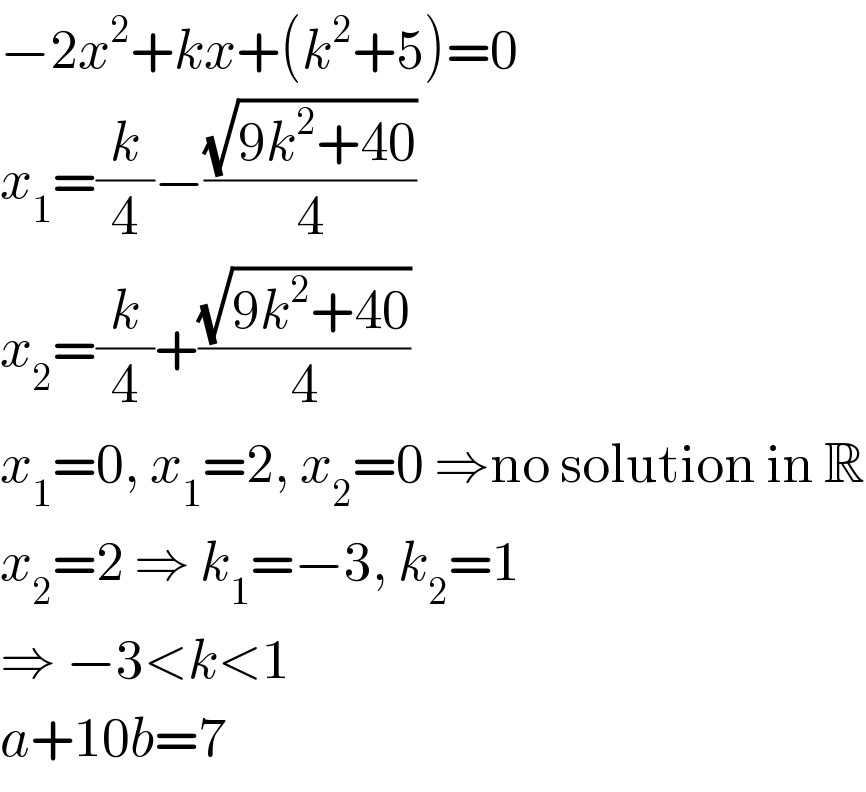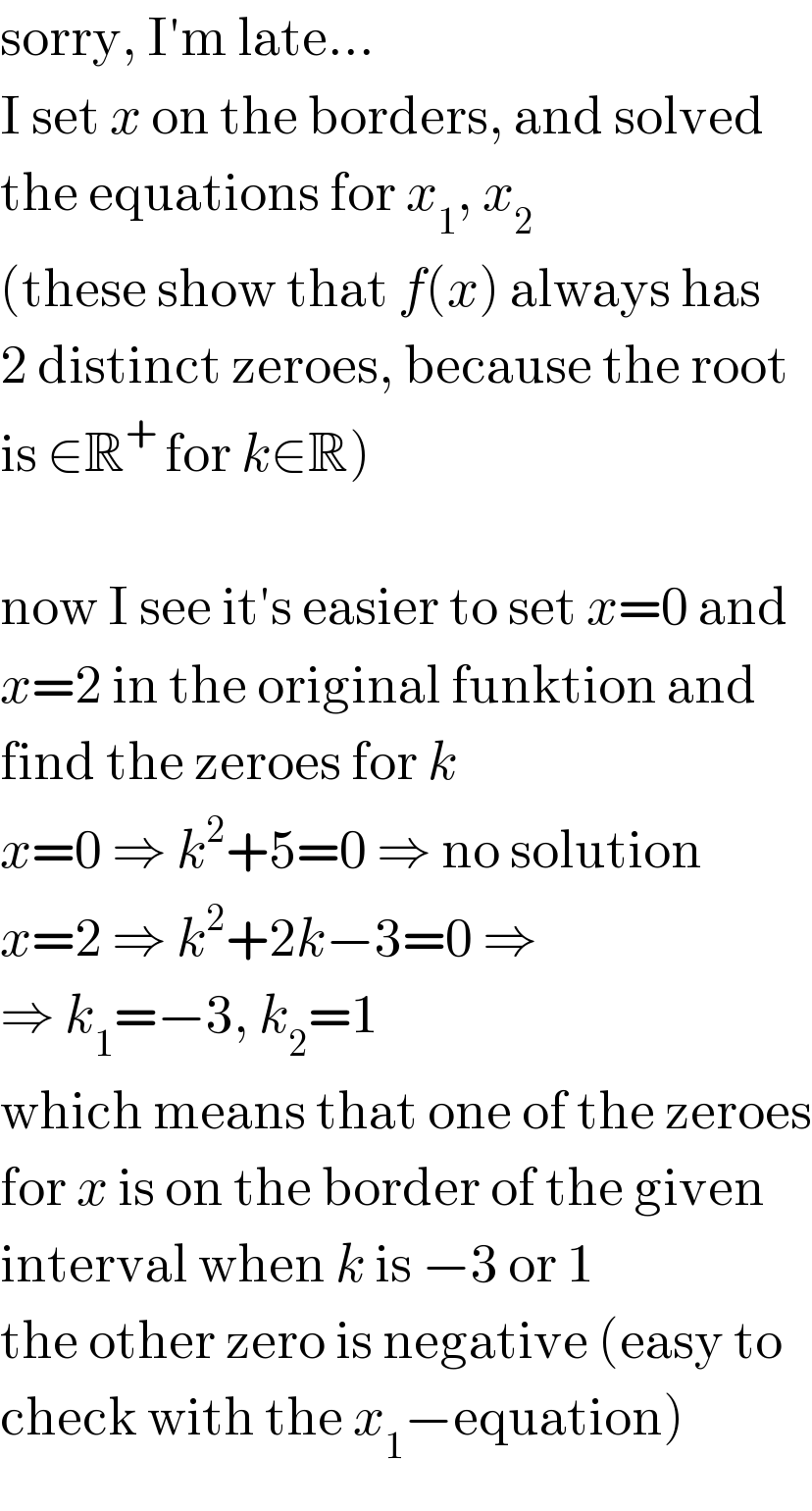
Question and Answers Forum
Question Number 30990 by rahul 19 last updated on 01/Mar/18

Answered by MJS last updated on 01/Mar/18

Commented by rahul 19 last updated on 01/Mar/18

Commented by MJS last updated on 01/Mar/18

Commented by rahul 19 last updated on 03/Mar/18

Commented by MJS last updated on 04/Mar/18

